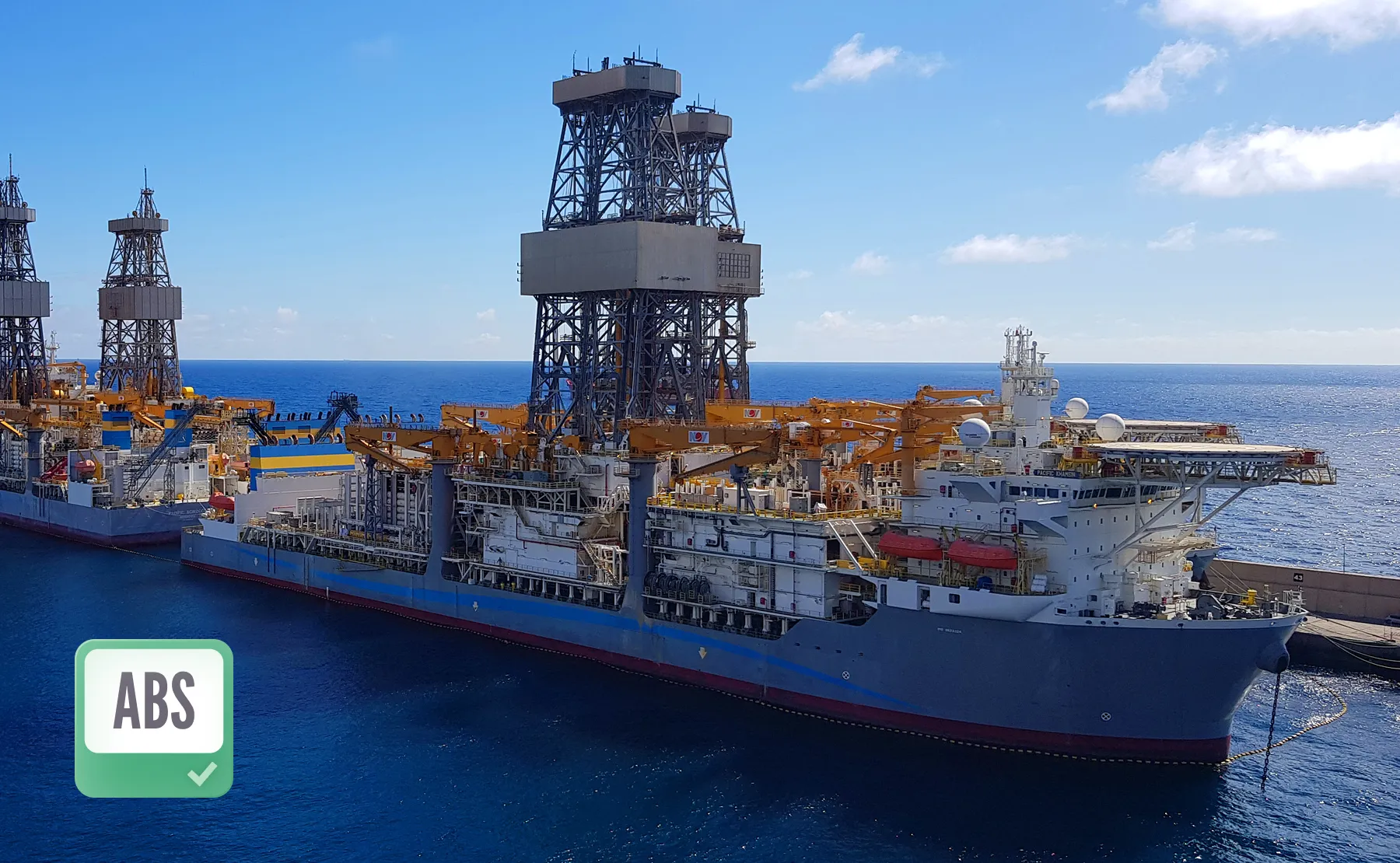Instantly verify offshore structures against ABS 2004, 2014, 2022, and 2024 plate buckling requirements.
Identify sections, plates, and dimensions automatically—no manual modeling or tagging required.
Perform stress conversions and thickness checks for every plate element, using exact model geometry and material data.
Generate comprehensive reports with plots, flow tables, and max/min envelope results across load groups.
Adjust safety factors, thickness multipliers, and stress input modes to match your design approach.

The American Bureau of Shipping (ABS) is a leading classification society with a long-standing role in ensuring the safety and integrity of marine and offshore structures. ABS develops globally recognized Rules and Guides that define how floating production installations, offshore structures, and marine vessels should be designed, built, and assessed.
SDC Verifier supports the following ABS standards for plate buckling and ultimate strength checks:
These standards help engineers ensure compliance with ABS rules across a wide range of offshore platforms — from traditional MOUs and SPMs to advanced floating installations and converted vessels.
Comparison of plate buckling check according to ABS Buckling and Ultimate Strength Assessment for Offshore Structures (2004) and ABS Floating Production Installations (2014)
Industries
Types of Analyses
Industries
Types of Analyses
Industries
Types of Analyses
Industries
Types of Analyses
ABS Standards
AIJ Standards
AISC Standards
API Standards
ASME Standards
Australian Standards
British Standards
Bureau Veritas Standards
DIN Standards
DNV Standards
DVS Standards
EN 13001 Standard
Eurocode 3
Eurocode 9
F.E.M. 1.001
FKM Standard
IACS Standards
ISO
Lloyd’s Register (LR) Standards
NORSOK Standards
VDI Standards
SDC Verifier supports four ABS standards for plate buckling:
SDC Verifier uses the Panel Finder tool to automatically detect and assign plate panels and sections based on element geometry and properties.
Yes. You can apply thickness factors, choose between element or average stresses, and enable options like absolute shear for conservative checks.
Yes. All ABS standards are available in SDC Verifier for Ansys, Femap, and Simcenter 3D.
For Load Groups, the software calculates each load item separately, extracts the most critical results, and checks the envelope of maximum stresses.